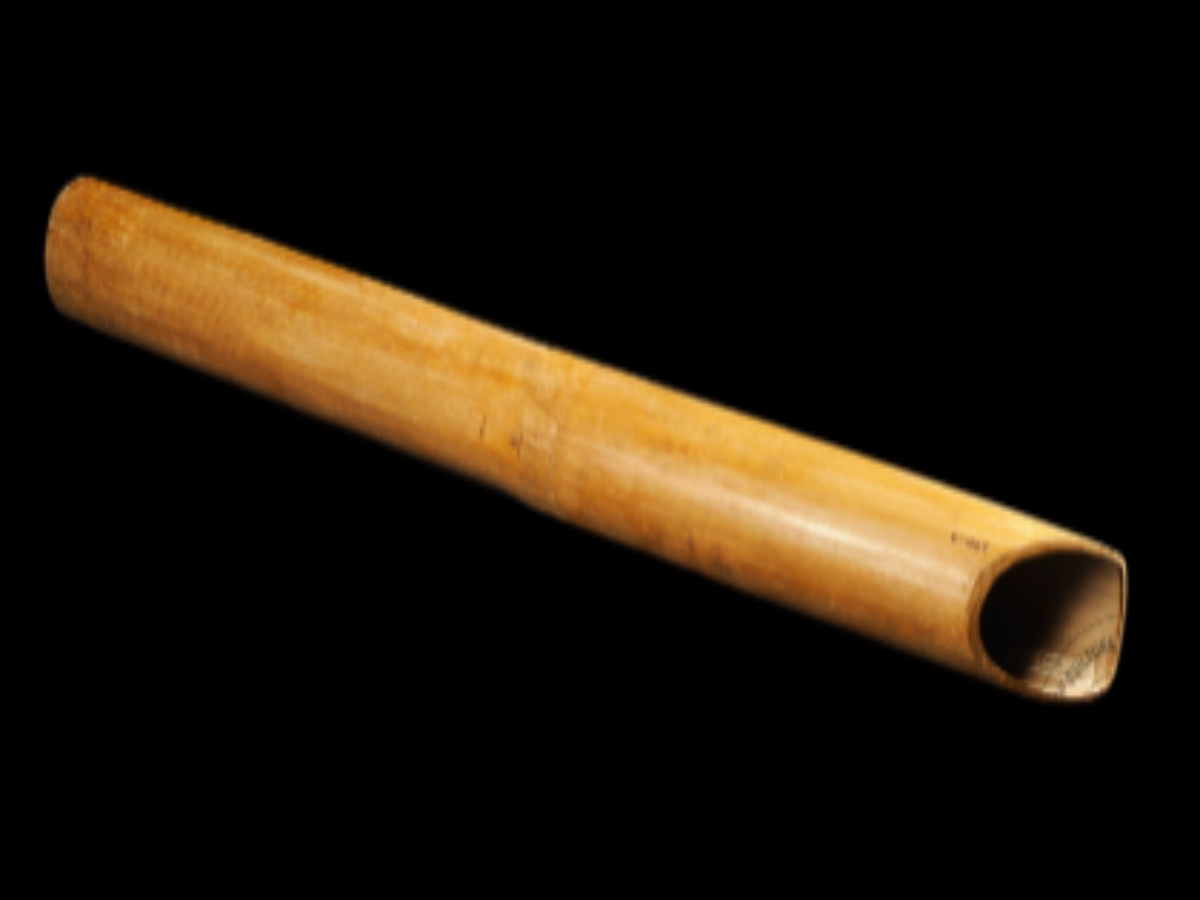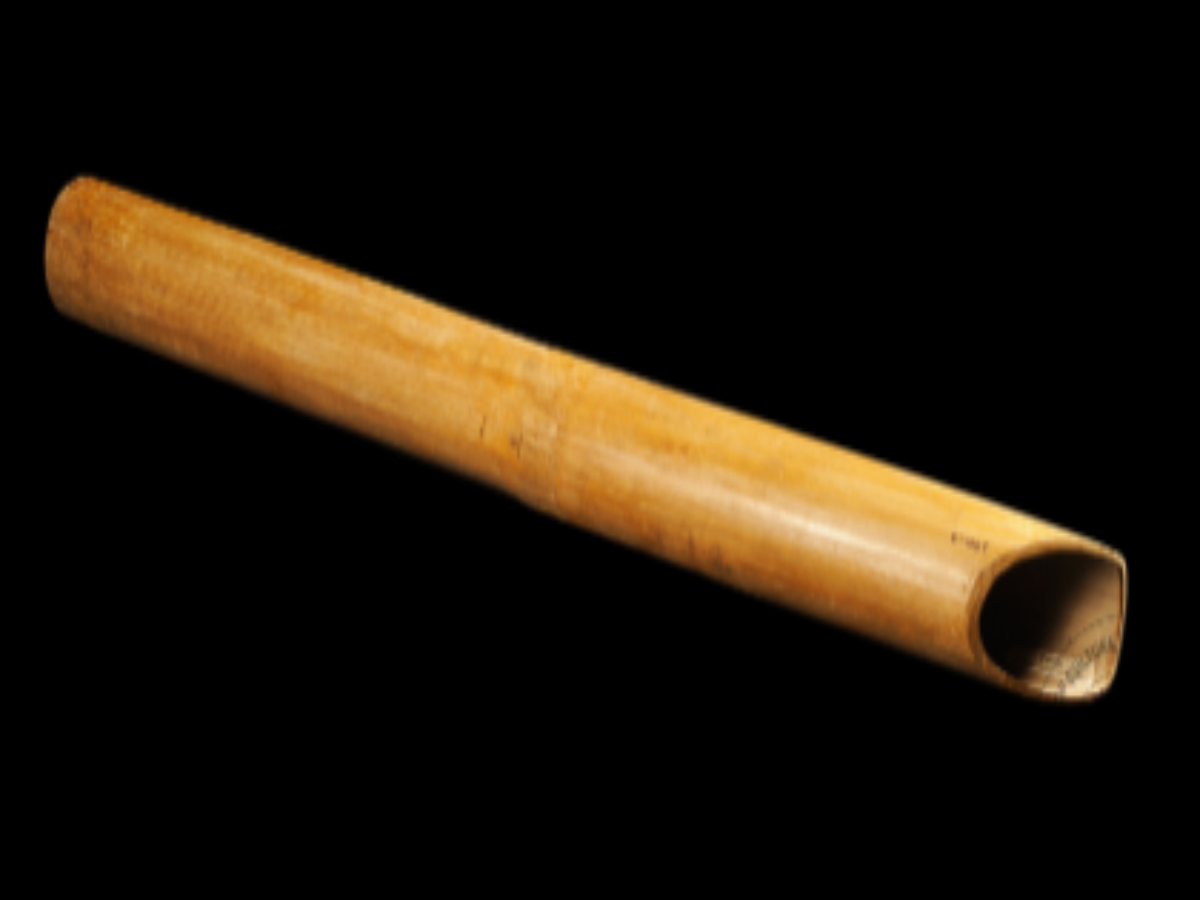State
Tribe Name
Art Type
short description
Bamboo water containers, which are long and cylindrical in shape, are family possessions used by the Mizo tribe of Mizoram in Northeastern India. This displays how much the community acknowledges a sustainable lifestyle, a great deal with nature, and a little resourceful craftsmanship using locally available raw materials. The inner and outer surfaces are kept plain, exhibiting the tribe's concern for efficiency and simplicity. The round base provides a firm balance, while the oval-shaped opening at the top provides enough free space for pouring and refilling. They were mostly carried to the fields or during communal events, as containers used to be very popular before the advent of plastic or metal counterparts.
Thumbnail

Filter Postion
Left
Filter Background
Off
Theme
Filter Header Image

content
Image

description
Bamboo water containers, which are long and cylindrical in shape, are family possessions used by the Mizo tribe of Mizoram in Northeastern India. This displays how much the community acknowledges a sustainable lifestyle, a great deal with nature, and a little resourceful craftsmanship using locally available raw materials. The inner and outer surfaces are kept plain, exhibiting the tribe's concern for efficiency and simplicity. The round base provides a firm balance, while the oval-shaped opening at the top provides enough free space for pouring and refilling. They were mostly carried to the fields or during communal events, as containers used to be very popular before the advent of plastic or metal counterparts.
The making of the container begins by working with mature bamboo. The bamboo is, then, cleaned and hollowed out, followed by being cut to size. Due to the natural durability of bamboo, it is favoured for water storage for as long as possible. The humid climate of Mizoram allows the use of bamboo for an extended duration for water storage. Whenever in use, such containers often symbolize purity and food in traditional ceremonies and meetings. This article speaks to one of the finest examples of eco-friendly utilitarian designs and, of course, indigenous knowledge systems that inform such designs. For the Mizo, bamboo and it is, therefore, not just a material-it is a way of life, that is, in the case of housing, tools, and even musical instruments.
The making of the container begins by working with mature bamboo. The bamboo is, then, cleaned and hollowed out, followed by being cut to size. Due to the natural durability of bamboo, it is favoured for water storage for as long as possible. The humid climate of Mizoram allows the use of bamboo for an extended duration for water storage. Whenever in use, such containers often symbolize purity and food in traditional ceremonies and meetings. This article speaks to one of the finest examples of eco-friendly utilitarian designs and, of course, indigenous knowledge systems that inform such designs. For the Mizo, bamboo and it is, therefore, not just a material-it is a way of life, that is, in the case of housing, tools, and even musical instruments.
Image Mode
landscape
promoted
On
Verified
Off
